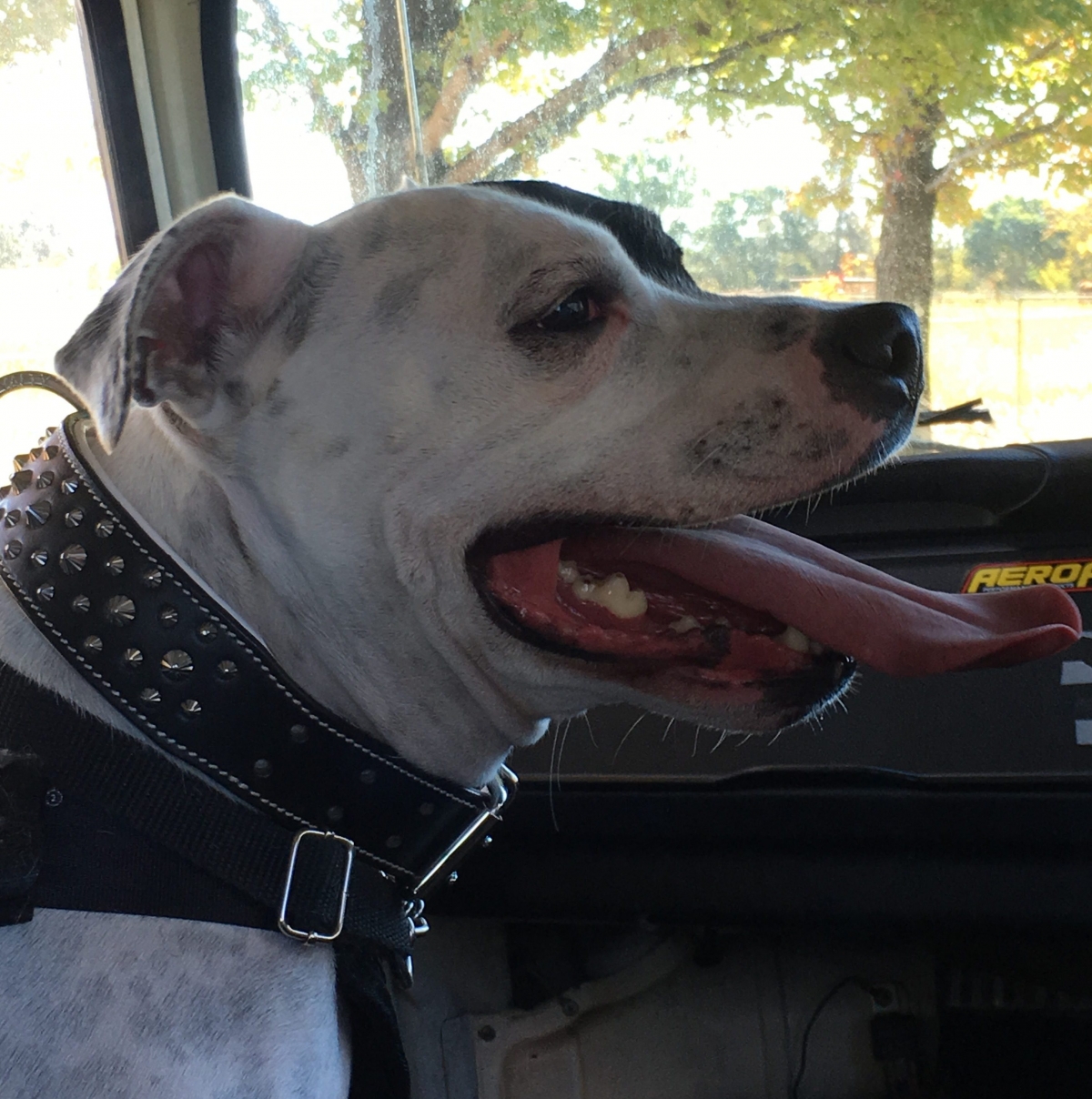Part 2 Of Understanding Your Dog’s Senses!

Incase you missed Part 1 – Eyesight, click here for a read! In this 5 Part Series, I’m taking a look at our fur kid’s senses, Sight, Touch, Smell, Taste and Hearing. This is so we can have a better understanding of how our fur kids interact with the world.
By the end of the Series you’ll definitely sound like you know your s**t down at the dog park or amongst other dog lovers lol!!!
The other morning I was sitting in bed with Billy and I was watching his ears move. One ear seemed to be concentrating on Dean banging around the kitchen and the other was focussed on the birds outside the window.
I was fascinated by the way they moved independently of each other!!
Part 2 – HEARING
Did you know that when our fur babies are born they are pretty much born deaf because their ears don’t open until around 10-14 days after they arrive??
It’s a no brainer that dog’s ears come in different shapes and sizes, see pictures below.
While dog’s with floppy ears (ears that hang down over the ear canal) may hear ever so slightly less than those with sticky up ears, there is no evidence to suggest they are at any disadvantage when it comes to hearing.
The only thing I notice when it comes to droopy eared dogs, some can be more susceptible to ear infections, if they aren’t looked after, because in my opinion there’s a lack of air flow.
However, that is not to say ALL long floppy eared dogs get ear infections and it’s not to say that dog’s with sticky up ears don’t get ear infections either! It’s all down to how the ears are looked after.
[note – infected ears have a terrible smell]
Yes Visual’s time : ), check out these cuties and all the different shaped ears!
[envira-gallery id=”1076″]
1. HOW THE EAR WORKS?
Very basically, vibrations are reached by the ear drum and they travel to the middle ear. This structure splits into two functions – hearing and balance.
The sound vibrations convert into nerve impulses which are then sent to the brain for processing.
The balance function is served by 3 small tubes that are filled with fluid and lined with tiny hairs. It’s the hairs that react to movement of the fluid – relating to the position of the dog and stops our fur kids from falling over.
Dog’s have 18 muscles in their ears!! This is why the ears are able to move around independently of each other.

Basic Diagram of the inner ear of a dog
2. HOW DOG’S HEAR?
It’s generally known that dogs hear less in the lower-range sounds and can hear much more in the higher frequency range sounds (much much more than us humans can).
Dogs can hear noises that are pretty much silent to our human ear. They basically also hear things 4 times louder than what we do. They can also hear sound much further away than what we can.
Sound is important to our fur babies and they can quickly comprehend the difference of good sounds and bad sounds! For example – the opening of the cupboard where the treats are kept as opposed to the loud noise of fireworks!
Our fur babies do what is called Sound Screening – this is when your dog screens incoming sounds. They can lay there and sleep through loud music, family noises, household noises and not make a move but as soon as they hear a packet of food, they’re up and right by your side!
However, some sudden loud noises are hard for them to screen out – thunder when it cracks loudly out of nowhere or sudden loud fireworks.
Dog’s can also perceive the height and depth of sound. For instance, they can tell the difference in footsteps of different family members, other animals, different car sounds etc. Billy knows way before I do when Dean’s car is coming down the street.
A thing to note here – is during the dead of the night the world for your dog is still ever so noisy. Remember they can hear sounds we’re not even aware of! So the high frequency noises coming from the many contraptions (phones, computers left on, alarm clocks etc) our fur kids are still hearing all that, as well as noises outside.
Dean and I can be asleep and out of the blue Billy will jump up barking a the window or he takes off down the hallway!!! We can’t tell what he’s barking at but obviously HE knows.
Obviously, like us, as dogs get older their hearing deteriorates. It doesn’t mean they are no longer capable of living, it just means their other senses are relied on more. The same goes for dogs who are Deaf, their other senses come into play.
I know as my Isabel got older she could no longer hear me or see me very well but she got around the house and backyard quite well on her own.
3. TALKING TO YOUR DOG!
I hear many people yelling at their dogs like they would their kids, high pitched and a million miles per hour!!!! Yet they wonder why their dog doesn’t do what they’re saying!!!
There’s no need to yell at your dog – they can ‘hear’ you quite fine – it may be the ‘way’ you are communicating with them. i.e. too many loud words all at once will make NO sense to them – it’s confusing!!!!
Try turning up the news on the tv or radio four times louder than what you normally would listen to it and tell me you’re taking in what’s being said. Too much white noise.
All your dog needs is one word commands and, if you like, a hand signal that goes with that one word command.
Your dog doesn’t understand the meaning of the word we are saying! We could be saying ‘chips’ instead of ‘sit’ or ‘stay’, what they perceive is when they actually sit, we give them a reward.
EG – the sound SIT [if they actually sit] = reward, this is what they understand.
I taught Billy how to sit before he is given food. I’d say SIT and lightly push his bum to the ground the first few times. When he did sit he got a treat and if he didn’t do it he got no treat. It soon became obvious to him he wasn’t getting any rewards until he did what I said after the SIT sound.
Though it hasn’t been proven, the cute ‘head tilt’ our dogs give us (and we find hard to resist) could be because they are trying to hear our voices. What do you think?
WHAT DOES THIS MEAN?
Our fur kid’s ears are able to move around independently of each other because of the 18 muscles they each have.
They also have pretty amazing hearing and can screen the general sounds of their day! However loud sudden noises may become an issue for them.
Our fur babies can hear sounds we’re not even aware of so be patient with them.
There’s no need to yell at our fur kids because they can ‘hear’ us. Just make sure you’re communicating with them effectively so they ‘understand’ what you want from them.
Billy and I hope this helped you in understanding how your fur baby hears the world around them. I know it helped me.
Thanks for pawsing by, we’d love to hear from you. Let us know if you found this article helpful. How does your fur baby cope with noises?
Cheers
J & B
Woofalicious Tales
Related Posts
Part 5 – Understanding Your Dog’s Senses
Welcome to Part 5 – Smell – of this 5 Part Series on Understanding Your Dog’s…
03 August 2017Part 4 – Understanding Your Dog’s Senses
Welcome to Part 4 of this 5 Part Series on Understanding Your Dog’s Senses…
03 August 2017



Leave A Comment